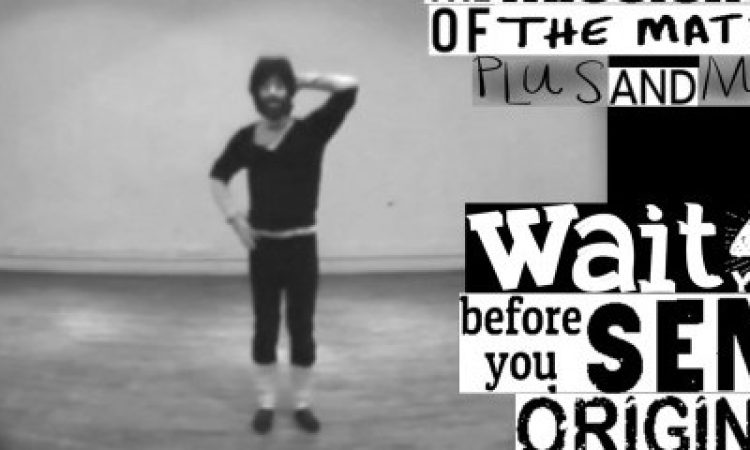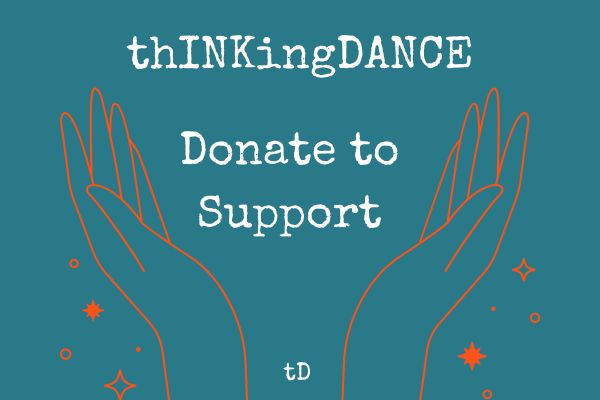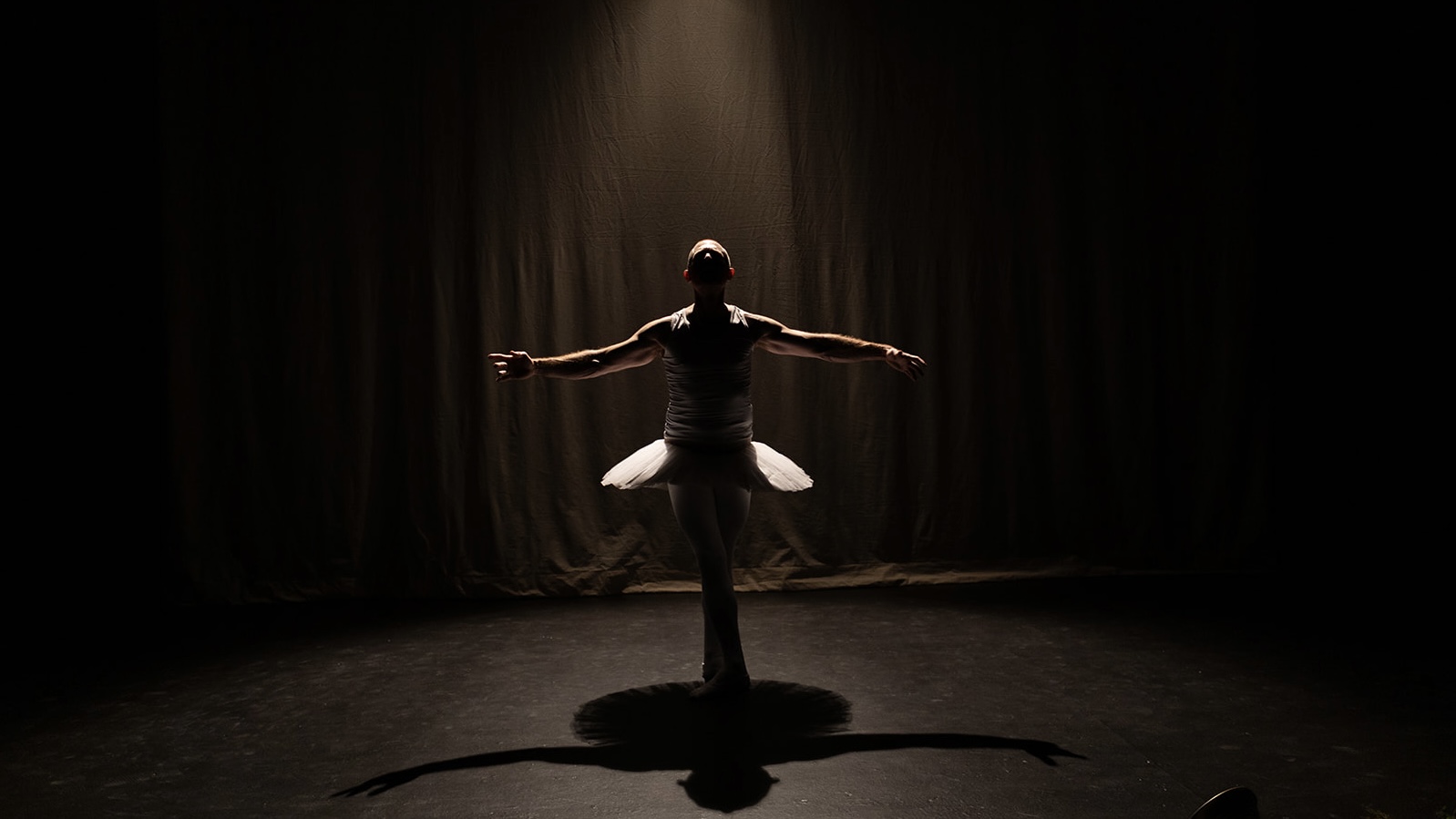When covid tabled plans for a live Philadelphia version of The Matter, a compilation of works from the ‘70s by New York choreographer David Gordon, Gordon took up the gauntlet thrown down by the pandemic and moved the work into two dimensions. Remotely, along with local video wizard Jorge Cousineau and a host of other collaborators including 30+ Philadelphia dancers who learned the original movement material, Gordon crafted a moving video collage based on a full artistic lifetime, including past and present footage, music, photos, and text.
We see the original footage of the three dances comprising The Philadelphia Matter delivered in Gordon’s signature uninflected way. The task-like bending, rotating, stepping, and falling moves reflect an investigative mindset. What was danced before in silence or with humming is now overlaid with recorded music—Sousa, Glenn Miller, romantic piano—in line with evolved performance conventions and giving Gordon more latitude for sly expressiveness, a direction he always leaned toward as arguably the most theatrical of his generation of downtown dance-makers.
The material boomerangs between “then” and “now” with every manner of edit—wipes, layered additions and subtractions, opening out of new windows within existing images, seamless twinnings. Switching up settings from domestic to urban gritty to outdoor pastoral, the editing highlights how each of these singular movers renders the moves. Foregrounded: Rhonda Moore’s haunting eyes, Gabrielle Revlock’s streamlined simplicity, Amalia Colón-Nava’s fierceness in the rain. The essence of the action, framed and sequenced just right.
Gordon and Valda Setterfield, his life/art partner, recount history: Gordon’s early life as a scrappy visual artist-turned-performer and how he and Setterfield connected. Their voices generate a barrage of visuals, as their text careens into and through the screen in a hodgepodge of black and white typefaces. There’s humor in the spellings, in their phrasings, in most everything about this work.
We learn the origin stories of each of the dances. How the tasks in “Chair”—a digest of how to place weight to balance on, move through and spring or tumble off a metal folding chair—were created to meet Setterfield’s need to recuperate from a serious car accident. How “Song and Dance” followed the young Gordon’s fascination with movie musicals. How “Close Up” has taken on multiple meanings, starting as a simple metaphor for relationships through a couple’s slipping in and out of an embrace and then as a meditation on tragic loss in the wake of 9/11.
Gordon mentioned in a New York Times preview of this work that he’d recently been thinking a lot about his late colleague Trisha Brown. I worked with her and have come to think of her genius as manifesting by making just one brilliant choice at a time. Gordon and his collaborators have done exactly that.
The Philadelphia Matter 1972 / 2020, 2020 Fringe Festival, Sept. 10 – Oct. 4.
For more on David Gordon’s earlier work, see the just-released The Grand Union: Accidental Anarchists of Downtown Dance, 1970-1976 by Wendy Perron.
*Rhonda Moore is a writer with thINKingDANCE.






